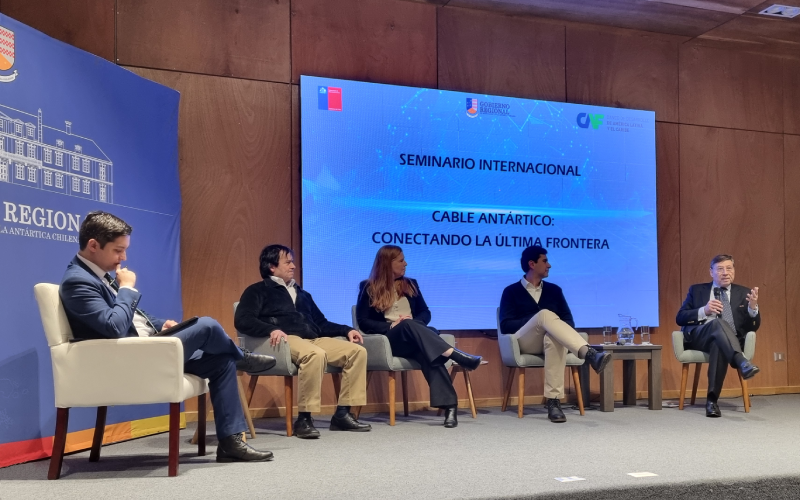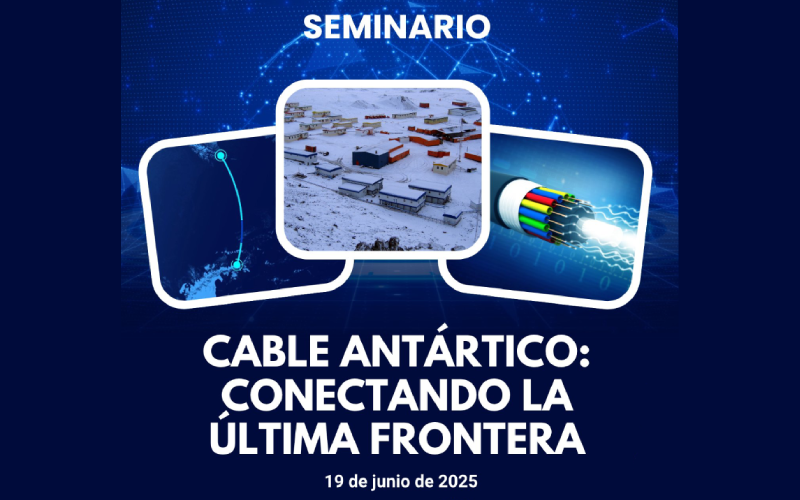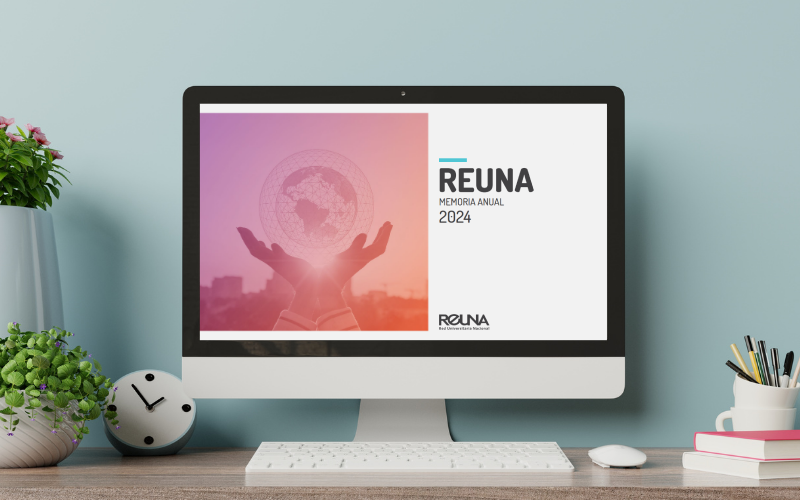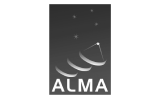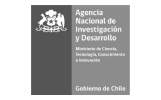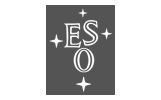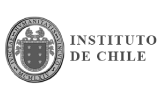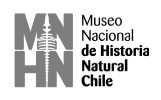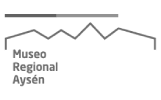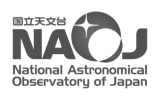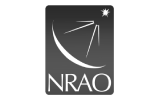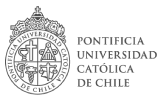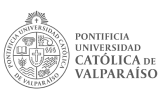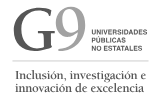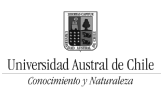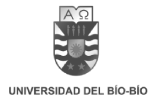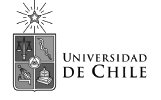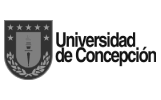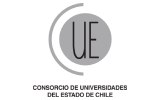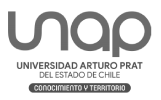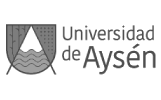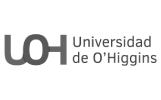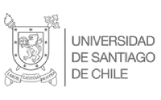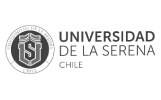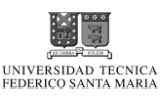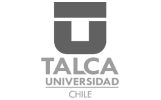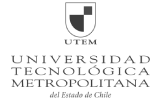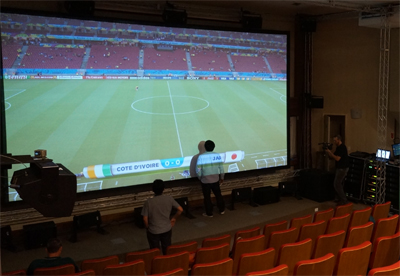
Gracias a un esfuerzo conjunto entre la televisión pública japonesa, la Red Académica Brasileña (RNP) y otras redes de ciencia e investigación, como RedCLARA, algunos partidos del mundial Brasil 2014 son transmitidos vía streaming hacia Japón utilizando la tecnología 8K, equivalente a 16 veces la resolución de Full HD.
Between June 14th and July 13th, while the ball is rolling in the Brazilian stadiums, the R&E networks will play an important role in helping Japanese television to broadcast the FIFA World Cup in 8K resolution (7.680 x 4.320 pixels) to Japan. The huge distance between Brazil and Japan, half a world apart from each other, sets new challenges for streaming digital images spanning multiple domains over long-distance networks.
The project is led by the Japanese public television company, NHK, which since the 2012 London Olympic Games is experimenting and improving its new 8K streaming technology (branded “Super High Vision” or SHV). NHK technology is currently able to compress SHV video flows to 300Mbps. The same video in an uncompressed fashion would require almost 40 Gbps to be streamed. The current state of the art of digital terrestrial television prevents 8K signals from being broadcast over long distances. That’s why this project relies on the technological support of NTT Innovation Labs (Nippon Telegraph and Telephone Company), RNP (Brazil’s R&E network) and other research networks worldwide.
Altogether, 9 matches were selected by NHK to be streamed live in 8K at 60 frames per second, starting with the first Japan game (Japan vs. Ivory Coast in Recife on June 14th) and concluding the show with the World Cup final in Rio de Janeiro on July 13th. The selection of games took into consideration the logistics of moving the NHK outside broadcast vehicle containing the 8K capture and editing equipment between the hosting cities in Brazil.
All matches are firstly streamed to the FIFA´s International Broadcast Center (IBC), regardless the location of the stadium. The IBC is located in the Riocentro – a big exposition center in Rio de Janeiro – and the FIFA communications network that interconnects all stadiums to the IBC is provided by Telebras.
From the Riocentro, the 8K signal is streamed to RNP’s Point of Presence (PoP) in Rio, using RNP´s local metropolitan network. From there, the 8K video can be streamed to Tokyo using the five international routes that have been configured, as listed below:
- Route 1: Rio -> São Paulo -> Miami -> Seattle -> Tokyo (via RNP, Internet2, NTT GEMnet2)
- Route 2: Rio -> São Paulo -> Miami -> Seattle -> Tokyo (via RNP, RedCLARA, SINET4, NTT GEMnet2)
- Route 3: Rio -> São Paulo -> Seattle -> Tokyo (via RNP, NTT VLink, NTT GEMnet2)
- Route 4: Rio -> Fortaleza -> Miami -> Seattle -> Tokyo (via RNP, Internet2, NTT GEMnet2)
- Route 5: Rio -> Fortaleza -> Miami -> New York -> Tokyo (via RNP, SINET4, NTT GEMnet2)
To create a secure communications path suitable for 8K video transmission over multiple IP networks, NTT applied a very powerful forward error correction (LDGM-FEC) technology together with the multi-path transmission scheme. Those added redundancies both in time and space domain greatly enhance the reliability of this very long distance transmission with smaller cost.
The games in 8K will be live streamed to 7 viewing sites, 4 of them in Japan, in the cities of Tokyo, Yokohama, Osaka and Tokushima, and 3 of them in Rio at the IBC, the Sofitel hotel (FIFA’s main hotel) and the auditorium of the Brazilian Center for Physics Research (CBPF). The latter venue will host viewing sessions organized in cooperation with the Brazilian broadcaster TV Globo. A selected audience of students, researchers, professors, authorities and representatives from press and industry were invited to attend the live sessions. In addition to the ultra high definition video, the invited audience will enjoy the Super High Vision’s 22.2 channel 3D sound system.
The collaboration between the research networks of Brazil and Japan on SHV streaming should continue after this World Cup event.
Fuente: RNP



